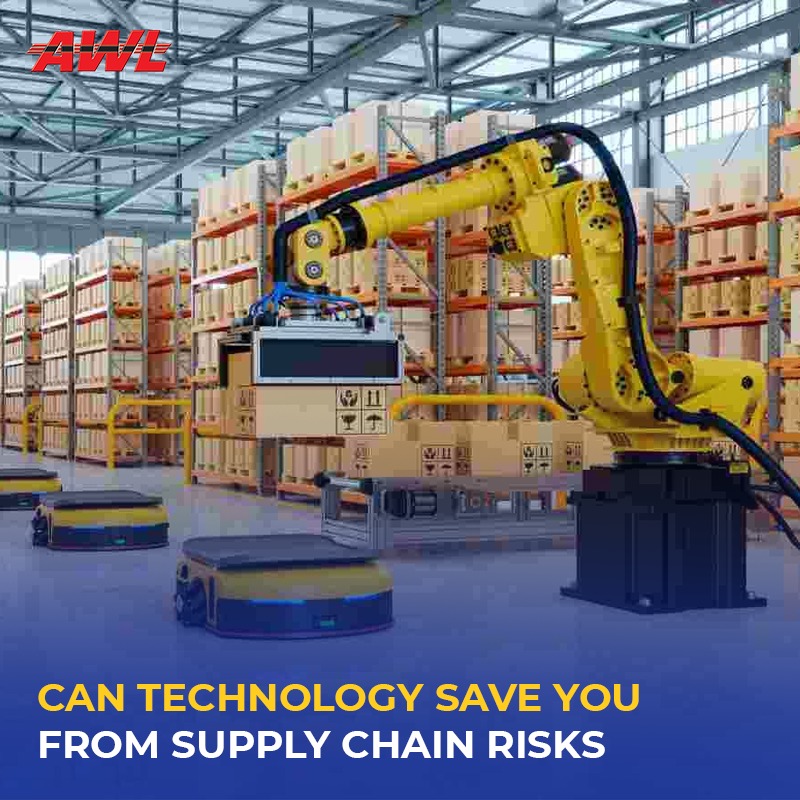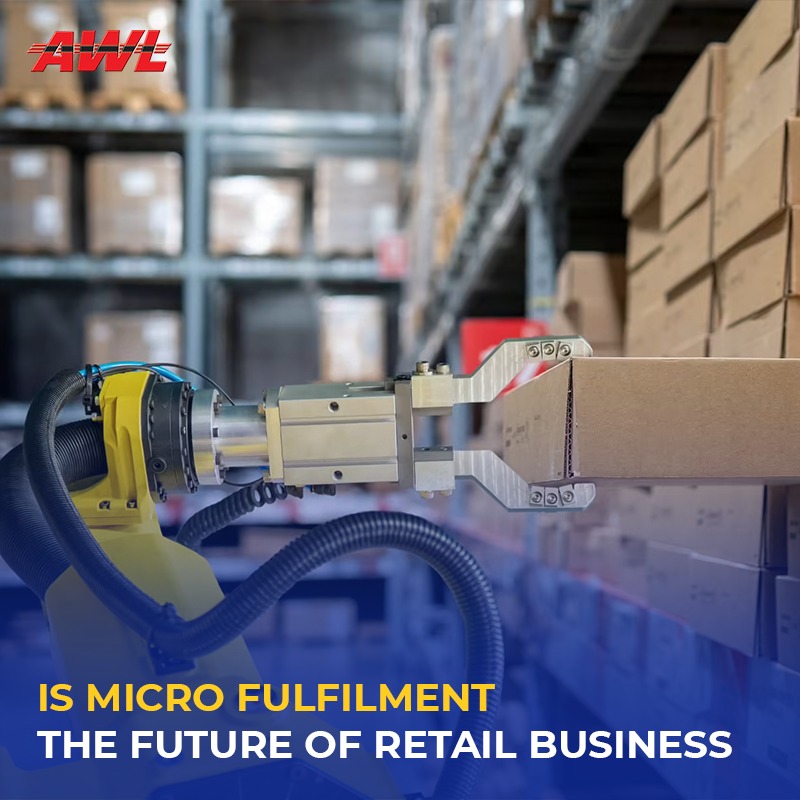

Every business owner wants to maximise their income and profit margins while simultaneously minimising the risk that is involved. Even the top companies detect their supply chain risks and develop strong strategies to eliminate the negative consequences. The recent COVID 19 pandemic had a negative impact on the supply chain of every business throughout the country. Even the supply of medical lifesaving drugs and oxygen were disrupted in the whole nation during the second wave of COVID 19.
The supply chain of any business can be disturbed due to a number of factors. However, nature is not the only factor that can disrupt your supply chain. The global economy crisis, political disorders, unexpected customer demands, shorter shelf life of products, latest technological innovations, terrorism, and numerous other factors can impact the supply chain of your business. However, having sufficient technology that can utilise data from your existing supply chain with reference to external market factors can help you in improving your company’s ability to plan market pricing strategies on the basis of the volatile nature of the market. Apart from determining the strategy, it is also important to be aware about the risks that are associated with your supply chain management system.
Analysing the potential risks can be extremely difficult but beneficial at the same time. Being aware of the uncertainties can help you in preparing about the damage that is yet to be done. The top three supply chain risks are as follows:
Maintaining the right amount of inventory can be a challenging task at times. Falling short on inventory or having surplus inventory can both result in a problem at times for your business. The shortage of inventory can happen when there is a mismatch between the estimated values and the actual market demand. While having surplus inventory on the other hand, can turn out to be a liability and can block your finances. Apart from the external factors, an inventory risk can also be a result of the unforeseen internal supply chain disruptions. Businesses nowadays use technologies to keep track of the real time status of their inventory and are able to overcome such risks.
Apart from having the right amount of inventory and being able to track it, the procurement of inventory can still be a challenging task for your business. Unpredictable natural disasters and other unforeseen natural causes can cause unexpected shortage of goods and also boost the cost of purchasing raw materials at the same time are types of procurement risks. Fluctuating exchange rates or hike in supplier prices are examples of procurement risk factors. Using the right technology can enable your business to overcome such procurement risks.
Even if you are a well-established business or a new startup that is trying to penetrate in the market, you need to be cost efficient with your supply chain in order to be able to survive in the market. The cost of your supply chain can increase as a result of your locked up working capital and your slow moving goods. However, using the appropriate technology, if you are able to estimate your supply chain costs accurately then there are chances that you might be able to overcome such financial risks.
Professionals across the industry are expanding their investments in Supply Chain Risk Management (SCRM), especially in risk eliminating technologies. Technology boosts the visibility of essential data and tracks the accountability of stakeholders across the supply chain. Over a period of time, technology has become an integral part of the supply chain management system. From digital invoicing of goods to computerised shipping as well as shipment tracking technology has played its part. Now you can track and check the status of your shipments and also check your inventories in real-time.
Businesses incorporate predictive analytics into their existing technology models and are able to understand the ongoing trends, patterns and potential disruptions that are present in the market. While on the other hand, using risk management systems these companies can also discover the risk eliminating measures and adapt them into their analytics and dashboards. Predictive analytics is used at every step of the supply chain which enables the company to understand the hikes and slowdowns in the demand of a product or service. This data can then be used to improve warehousing, distribution and transportation management, production planning, supplier capacity and other processes.
Using technology makes the business capable of having a comprehensive perspective of on the ground reality in real time. Not only does this increase the capacity of the business to foresee events, plan for risks, and implement appropriate techniques, but on the other hand it also minimises the chance of making poor decisions while business is as normal. Also it is important to note that a mature supply chain should be able to provide a collective representation of costs. Predictive analytics technologies can help organisations plan for continuous cost improvement which enables them to cut costs by at least 5%. Companies use the appropriate technology and predictive analytics that can help their business in better management of risks in your supply chain by:
Also Read: How does an efficient warehouse help smoothen supply chains?

